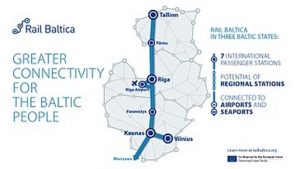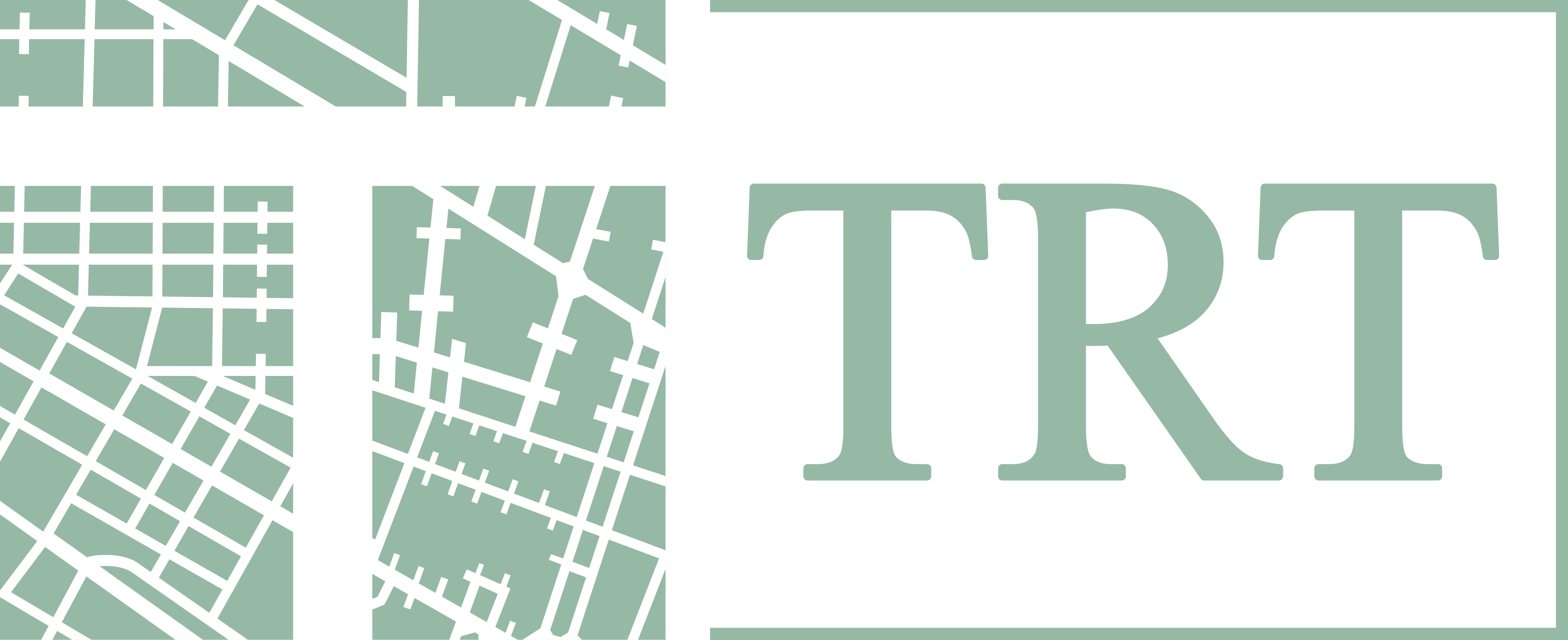Implementing a multimodal transport network model of the Rail Baltica Corridor and appraisal of the passenger and freight transport activity onto the Corridor
Rail Baltica Global Project is the Baltic part of a rail transport infrastructure project with a goal to integrate the Baltic States in the European rail network. The expected core outcome is a fully interoperable railway line of more than 870 km in length meant for both passenger and freight transport as part of TEN-T Core Network (North Sea – Baltic Corridor).

A first phase of the study, carried out in 2021-22 consisted of two main activities.
The first activity was the implementation of a multimodal transport network model of the Rail Baltica Corridor covering in some detail (NUTS3 or even sub-NUTS3 zones) the area of the three Baltic countries (Estonia, Latvia, Lithuania) and of neighbouring regions of Finland and Poland plus the rest of Europe and world regions in a progressively more aggregated fashion. The transport model is a four-stage model, dealing with the estimation of generated demand, distribution, mode split and assignment to a multimodal network. The model covers both passenger and freight activity of interest for the planned rail infrastructure.
All transport modes competing with rail are represented. Different rail services are explicitly modelled both for passenger (including Night-Train services) and for freight.
Supporting the implementation of the model, a Stated Preference surveys was carried out to estimate parameters for the passenger demand model.
The second activity of the first part of the study was the application of the model to estimate the passenger and freight demand onto the corridor in several future time thresholds, corresponding to different stages of the implementation of the infrastructure, and under three scenarios:
- a “do-nothing” scenario without the new infrastructure.
 a “Base scenario” with the new infrastructure.
a “Base scenario” with the new infrastructure.- an alternative scenarios where alternative assumptions are made regarding intermodal rail transport services and the application of measures related to the EC Green Deal transport policy is considered.
The application of the model provided several outputs ranging from aggregated statistics to link-based traffic and including impact indicators on energy consumption and emissions.
The model was delivered along with the outcomes of the study and a training course focused on the use of the model was held for staff of Rail Baltica AS.
This first phase of study was carried out by TRT with the support of PTV (DE), MDS Transmodal (UK), CSE COE (LV). TRT was the coordinator of the study and was responsible for developing the demand model (passenger and freight) as well as the Stated Preference survey.
In a second phase (2024), some aspects of the model have been revised in order to improve the level of detail of the analysis and make the interaction with the model easier. In particular, the number of zones has been increased so that zones do not include more than one (non-urban) regional station. Following the revisions implemented, at the end of the second phase the model is recalibrated. The activities of the second phase are entirely carried out by TRT
Projects
Project Description
CLIENT
Rail Baltica AS
PERIOD
2021 – 2022 and 2024
CONTACT
Davide Fiorello
fiorello@trt.it


